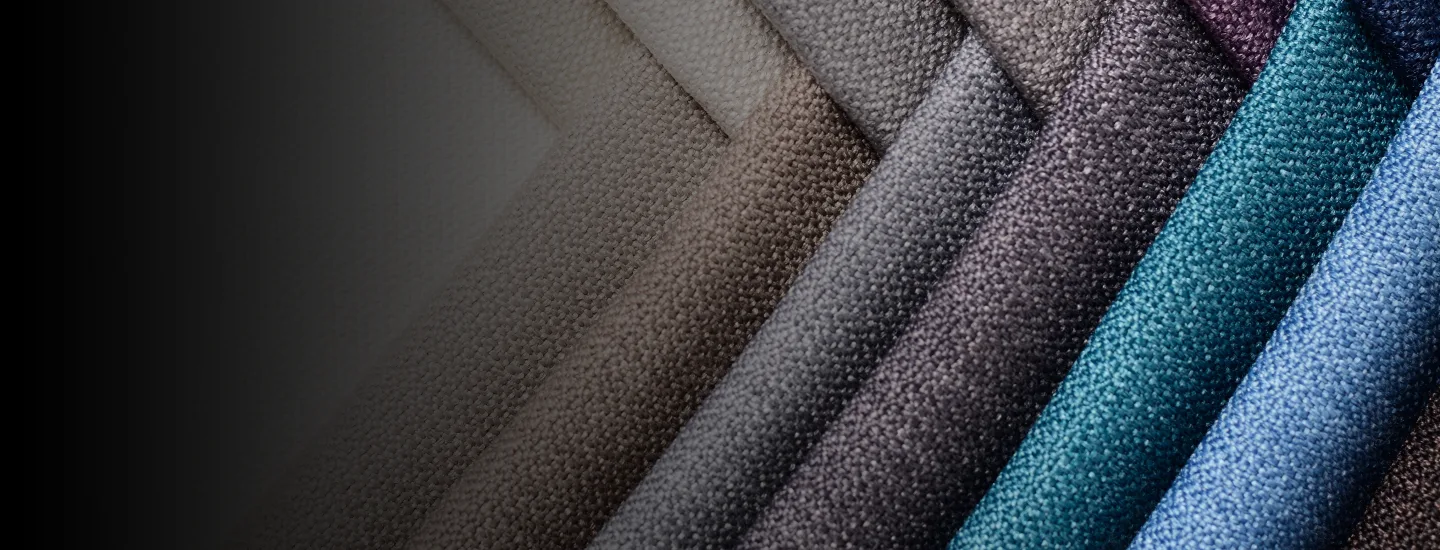
Retail Viewpoint
Insights into the disruptive forces shaping retail business opportunity around the world
Subscribe to our newsletterOur Retail practice
We bring an experienced and tactical skillset to help companies navigate everything from mergers and acquisitions to shifts in underlying consumer demand trends.
Learn more